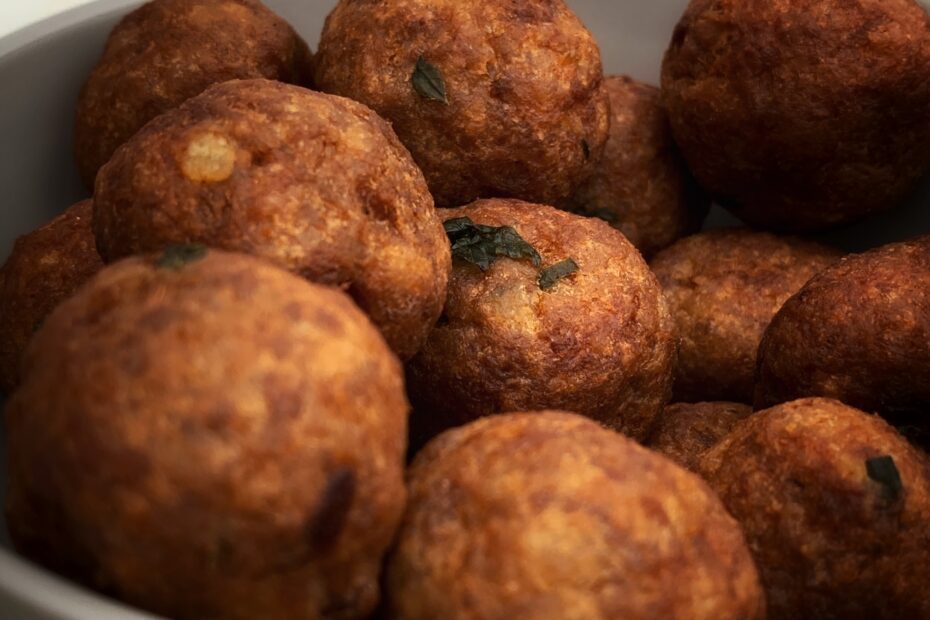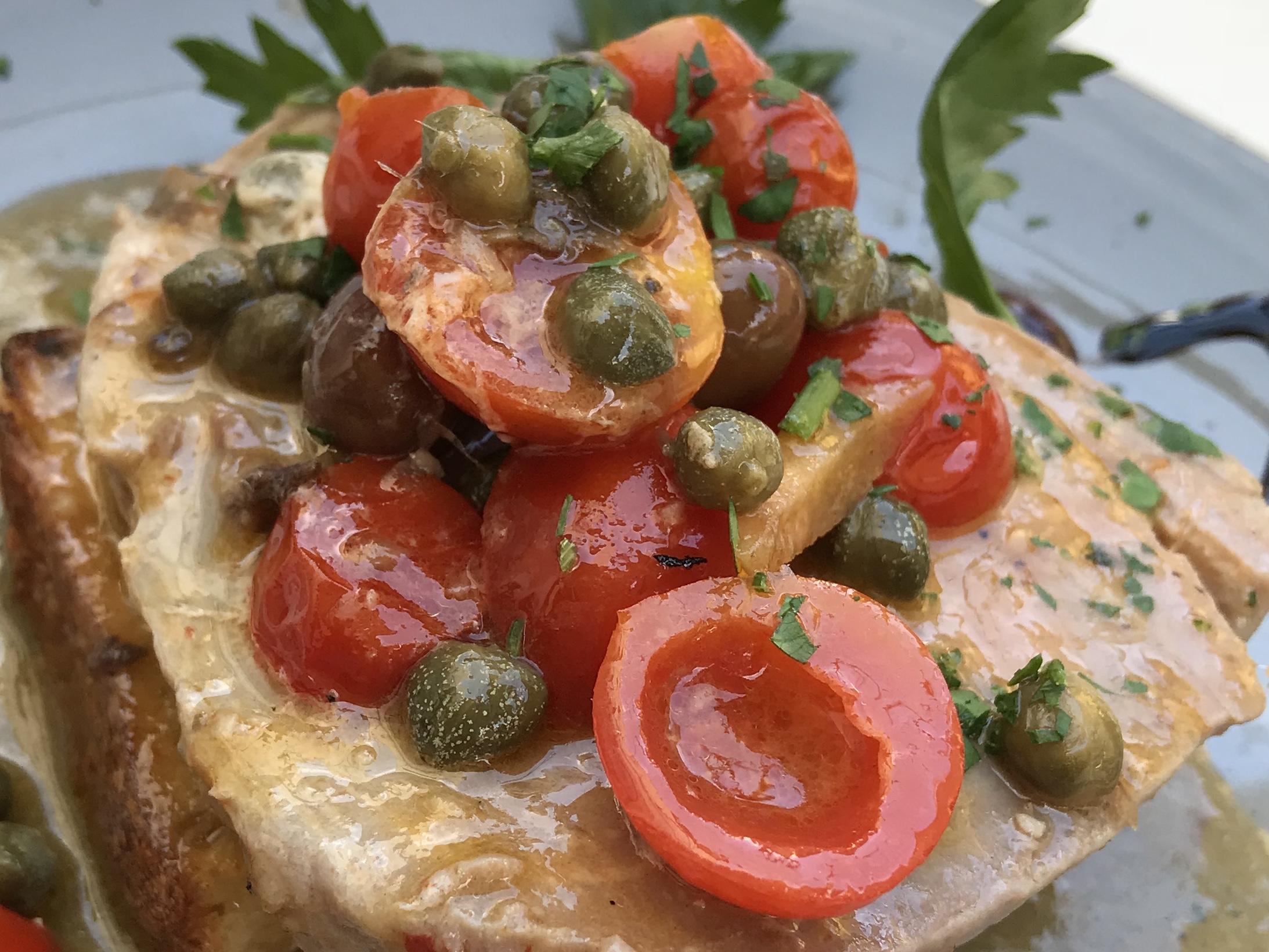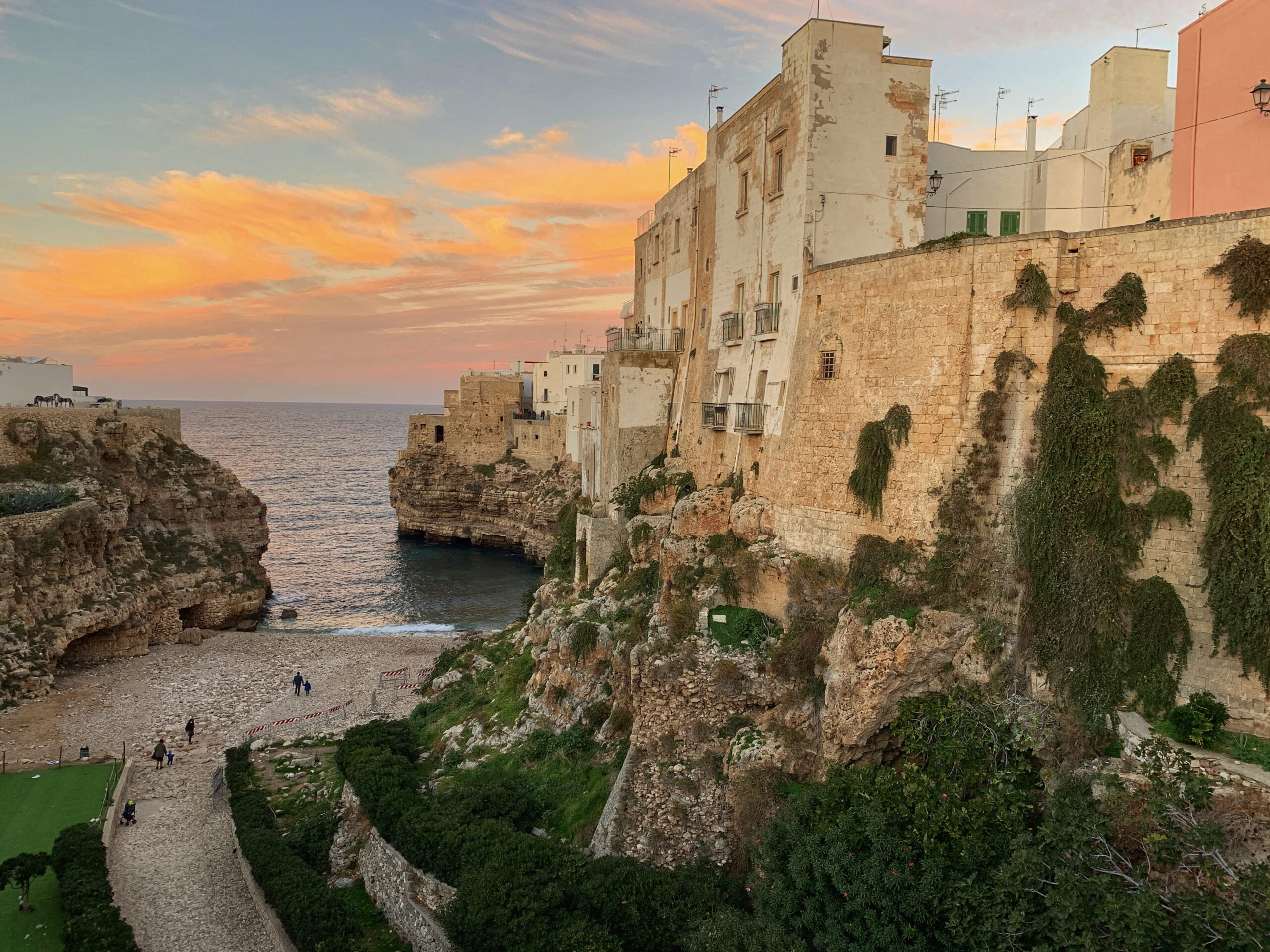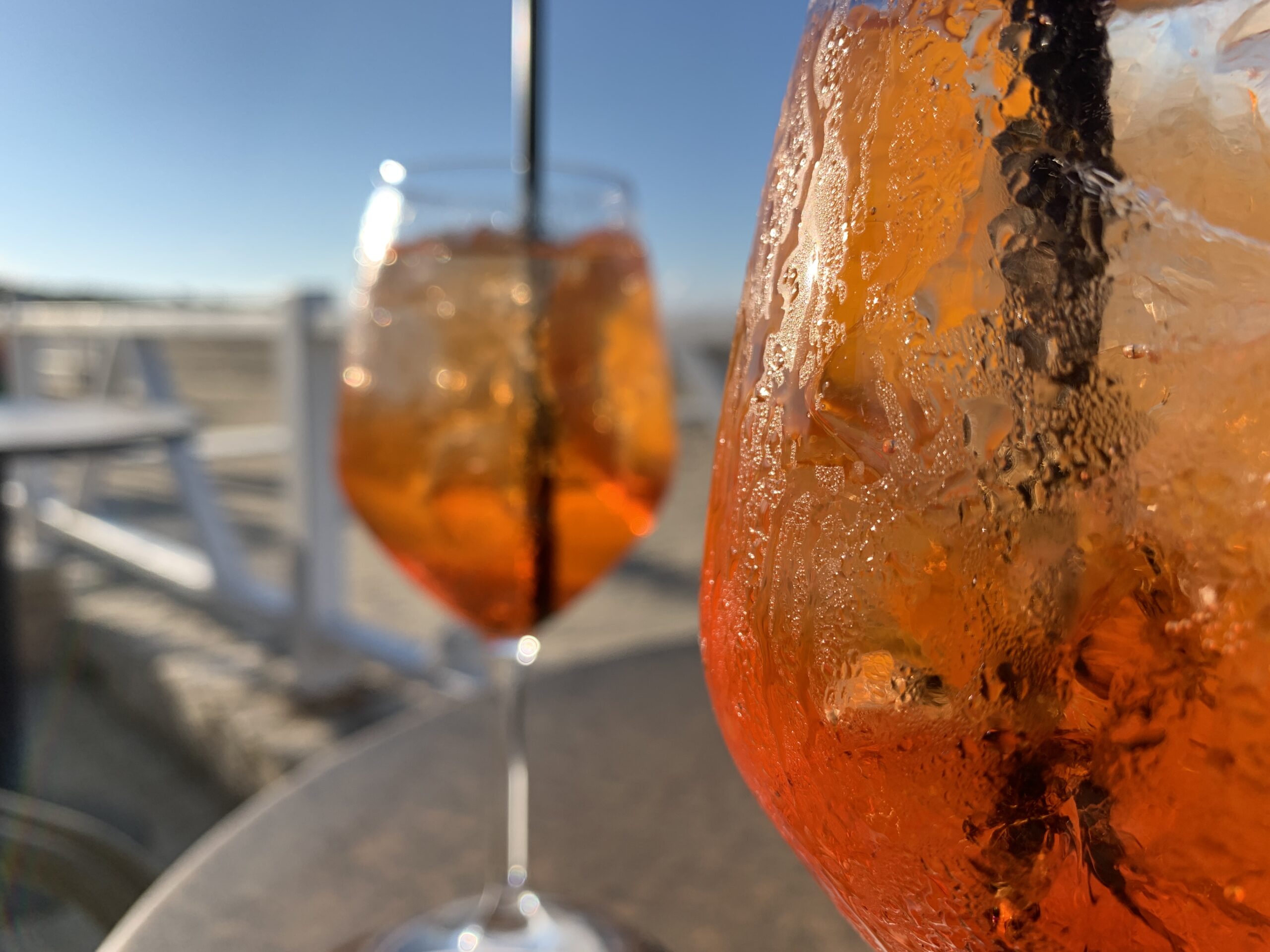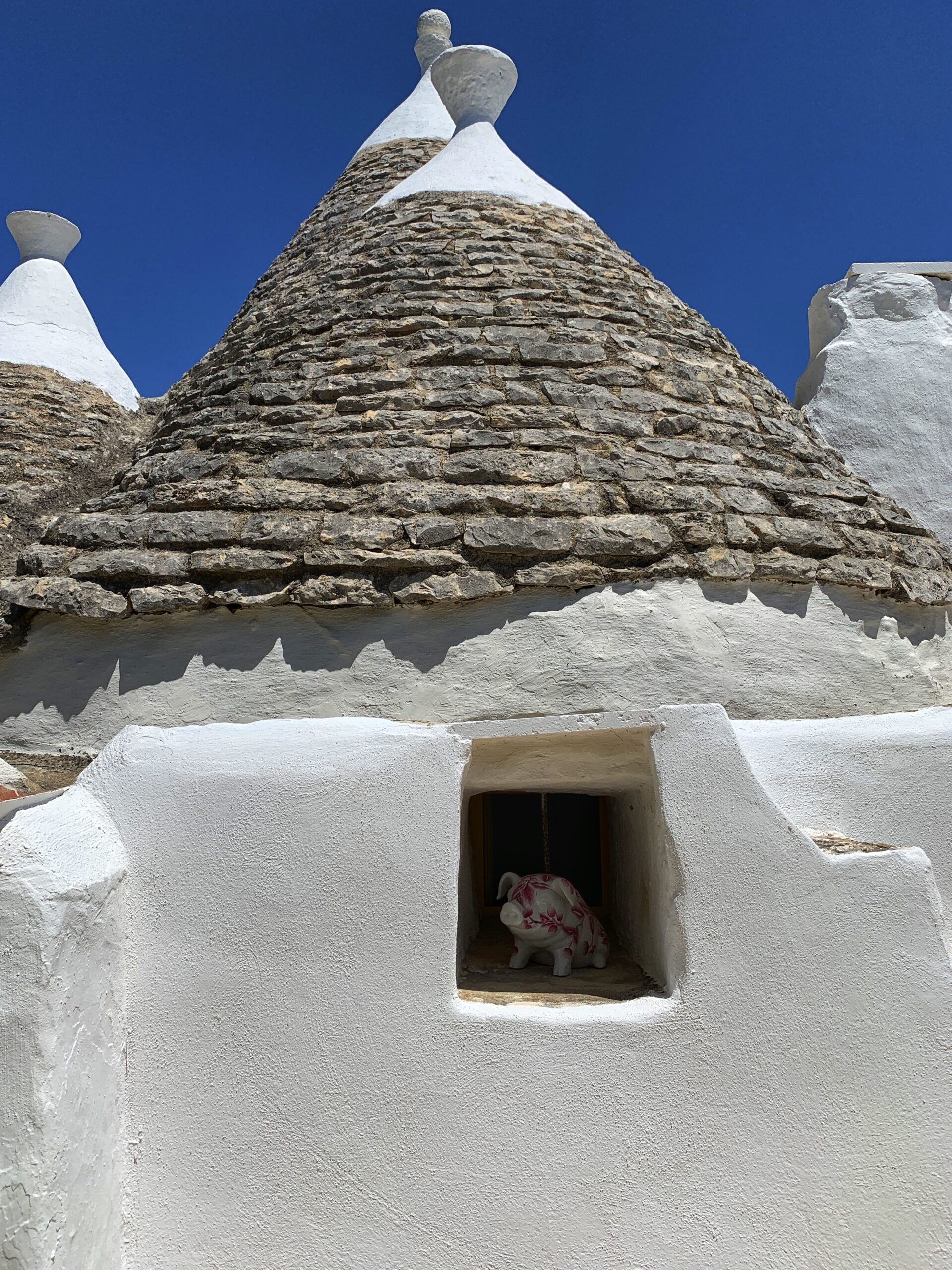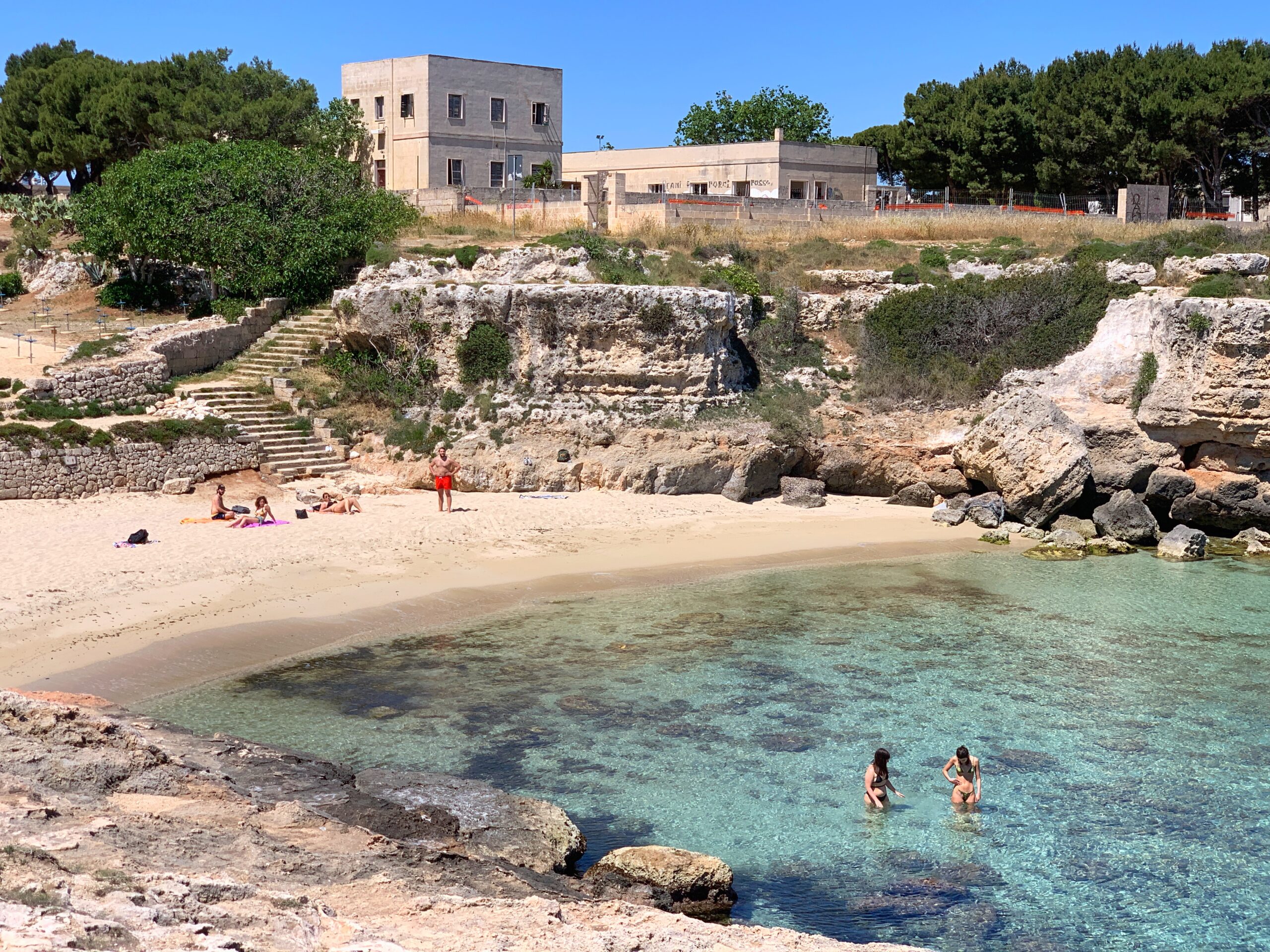Do you like my meatballs?
“Meatballs” made from stale bread, strong grated cheese and herbs. They will find their way onto your table at homes and restaurants all around Puglia, served straight up, deep fried and crunchy, or in a rich tomato sugo, with or without pasta.
Polpette are a staple of Puglian cuisine. As cheesy fried bread dumplings (di pane) or aubergine fritters (di melanzane) and as meatballs (di carne) with the addition of ground meat, usually twice minced.
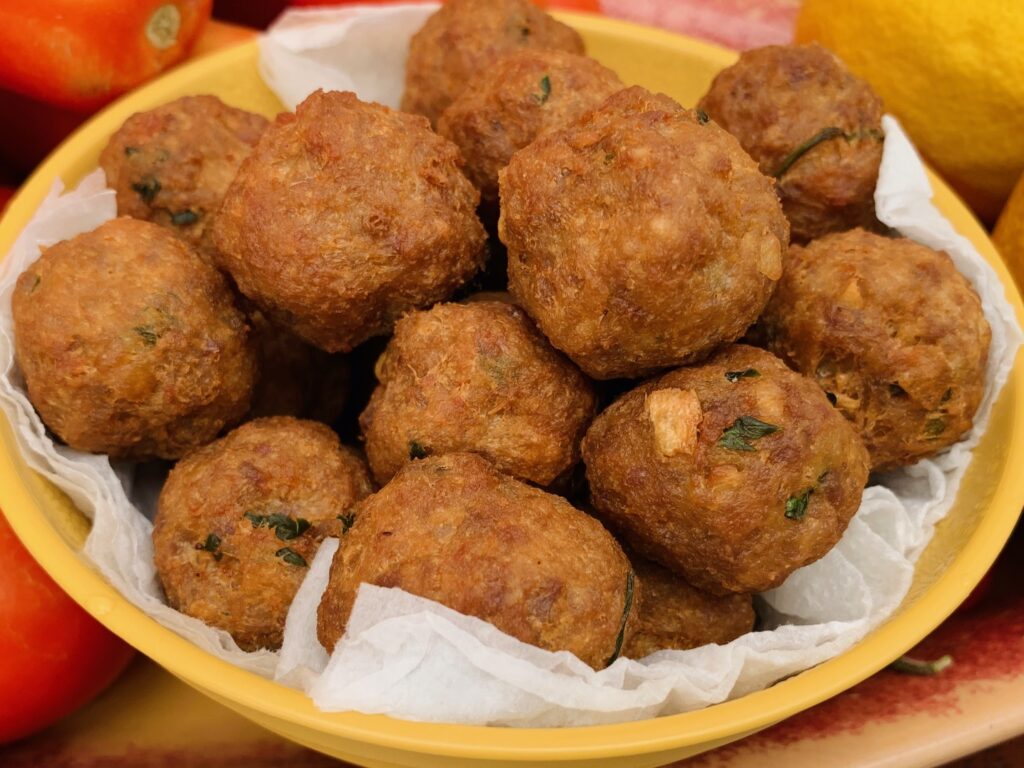
When they are dropped into a rich tomato sugo - after frying off first; in Puglia polpette are never added to a sugo “raw” - they bubble away to become even more delicious. Polpette di carne are often left to cook gently in the sugo for many hours, to enrich it.
Polpette al sugo are often served up with orecchiette, found on menus as orecchiette con polpette al sugo, orecchiette al pomodoro con le polpette, orecchiette con polpette di carne al sugo di pomodoro. But they are glorious enough to be served up simply al sugo, on their own smothered in the rich tomato sugo.
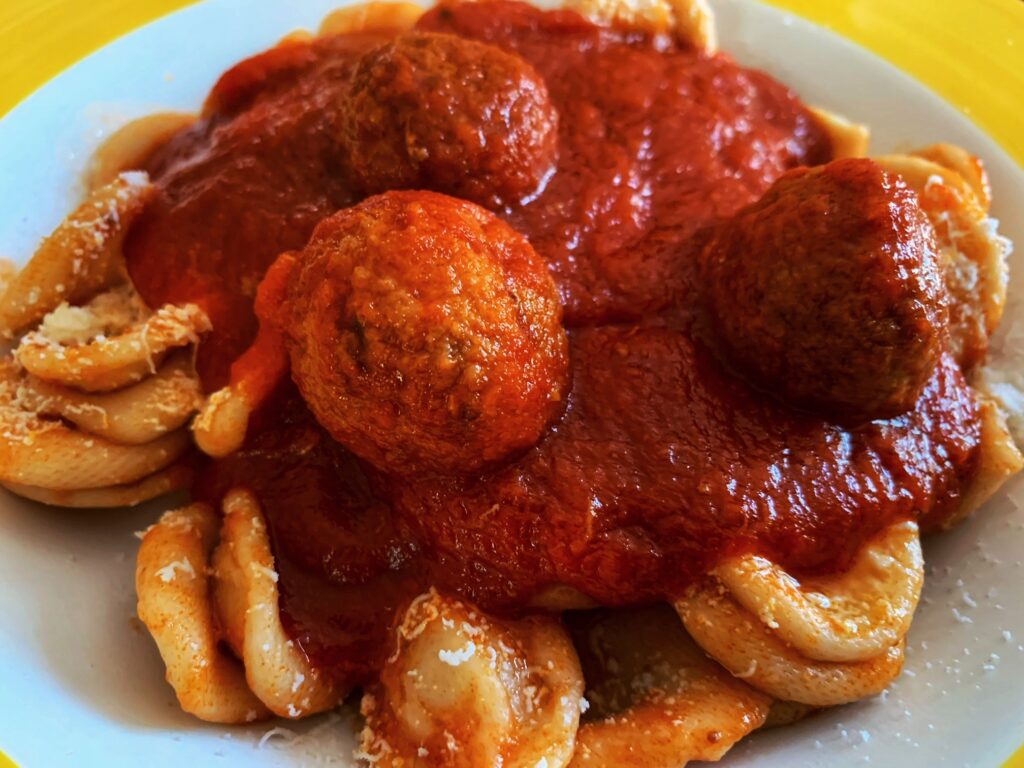
Any sugo left over on the plate should be mopped up with slices of crusty bread.
Polpette di pane
For this you will need:
stale bread | 200g
milk | enough to cover the bread
grated pecorino | 80g
2 eggs
flat leaf parsley or mint | q.b. (quanto basta, to taste)
though be generous at least 2 tablespoons (with mint we suggest only 1 tbsp)
1 clove garlic crushed
salt, pepper q.b.
olive oil, for deep-frying though sunflower oil can be used
Method
Break the bread, including the crust, into chunks. Cover with milk and leave to soak.
In a mixing bowl beat the eggs then add the grated cheese, crushed garlic, salt, pepper and parsley. (Notes | locally we usually use the more common Rodez cheese, but pecorino or Parmesan if you can’t get the former work just as well. Bear in mind that the grated cheese will be salty so be mindful when adding salt as extra seasoning).
When the bread is softened (around 10 minutes), squeeze out the excess milk and add it to the mixing bowl. Mix thoroughly or better still, knead the mixture using your hands until you have a compact and soft dough. If it is too dry, add a little milk.
Take a spoonful of the dough and roll into a ball between the palms of your hands. Sit it on a plate covered in 00 flour. Repeat until you have a multitude of small polpette. Roll the polpette in the flour to ensure they are covered.
Deep fry the dough balls (in batches of 6 to 8 at a time, you don’t want the oil temperature to drop) in olive oil brought to a temperature of 170 ° C.
Brown both sides for a few minutes and remove the polpette when they are golden on the surface. Place them on absorbent paper to remove the excess oil and serve when they are still hot.

At home a generous pile of polpette is always on offer. What is left over can be put in the fridge and warmed-up in a tomato sugo the next day.
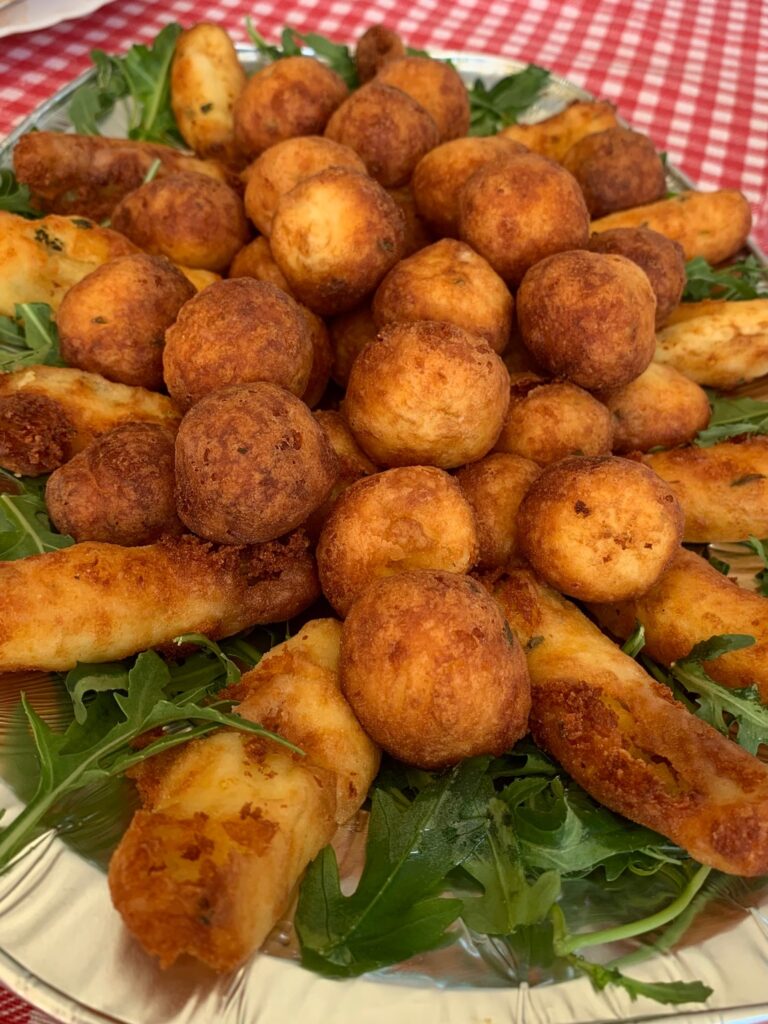
More | our curated guide to Puglia’s best restaurants and eating experiences | Masseria Moroseta review - expensive but exceptional dining | Grottaglie’s La Luna nel Pozzo - slow food, small prices | Puglia - where to base yourself on vacation | the definitive gay guide to Puglia 2022.
